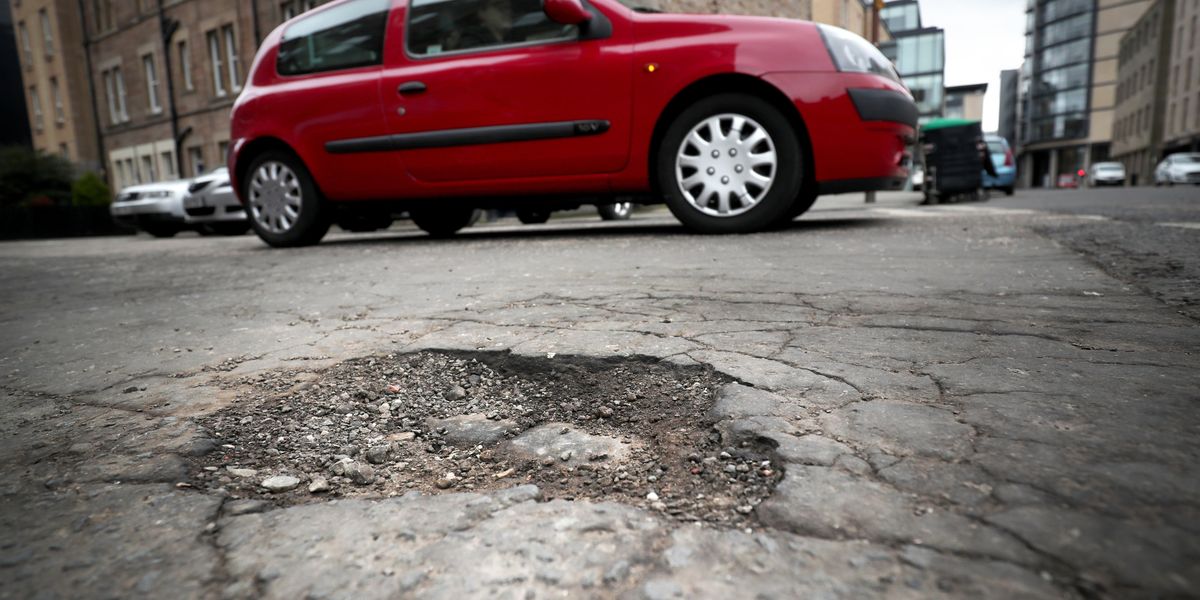The global transition to green technologies has increased the demand for lithium dramatically. This critical mineral, abundant but distributed unevenly, is essential for energy storage and transport electrification. According to the International Energy Agency, by 2040, the demand for lithium could be up to 42 times its 2020 levels.
Lithium-ion batteries are used to power electric vehicles and store renewable energy such as wind and solar. In 2023, the demand for batteries crossed 750 GWh, up 40 percent from 2022. Owing to their high energy density, long cycle life and efficient discharge capacities, these batteries have become crucial in the field of energy storage and electric mobility.
By 2040, over two-thirds of passenger vehicles will be electric. Lithium-ion batteries are also crucial for grid storage systems, ensuring grid reliability by balancing energy inputs and outputs.
Their efficiency and lightweight nature also make them vital for portable electronics, like smartphones — in 2022 alone, around 1.39 billion smartphones, mostly powered by lithium-ion batteries, were sold globally.
However, a demand-supply mismatch, particularly in the components used to manufacture these batteries, poses several challenges for these exponentially growing markets.
Major markets for electric vehicles – and thus, lithium-ion batteries – include the U.S., Europe, and China. India is one of the largest importers of lithium-ion batteries and its lithium-ion battery market size is estimated to be at $4.71 billion in 2024. By 2029, it is expected to reach $13.11 billion.
The problem lies in an overwhelming reliance on China for refining and producing lithium and lithium-ion batteries, which poses a significant challenge for the sustainability goals of several countries.
Challenges in the Lithium Supply Chain
The production of lithium-ion batteries relies on a complex global supply chain. This begins with mining companies extracting the mineral, and refining it on site to produce battery-grade raw materials. Raw materials typically contain lithium, cobalt, manganese, nickel and graphite.
Manufacturers buy these raw materials and use them to produce cathode and anode active battery materials. These active materials are then bought by traders and sold to firms that produce battery cells.
Battery manufacturers assemble the battery cells into modules and then pack and sell them to buyers such as automakers, who place the finished batteries in electric vehicles.
The problem starts with the availability of the prime raw material – lithium – its processing and refining, and finally, the production of active materials. Nearly 80 percent of the known deposits of lithium are in four countries – the South American lithium triangle of Argentina, Bolivia and Chile, and Australia. The market, however, is dominated by China – a country with meager reserves of its own.
Despite holding less than 7 percent of reserves, China is the world’s largest importer, refiner, and consumer of lithium. Sixty percent of the world’s lithium products and 75 percent of all lithium-ion batteries are produced in China. This is primarily fueling China’s electric vehicle market, which is 60 percent of the world’s total.
Though the U.S., Europe, and India have begun producing lithium-ion battery packs, the production of the most critical components of the lithium-ion battery value chain — cathode and anode active materials — remains concentrated in China. Depending on the chemistry of the lithium-ion cells, cathode active material would comprise 35-55 percent of the cell, and anode active material would be 14-20 percent. Countries aiming to ramp up lithium-ion battery supply would need to focus on the production of these components.
Today, China represents nearly 90 percent of global cathode active material manufacturing capacity, and over 97 percent of anode active material manufacturing capacity. The remaining gaps in manufacturing capacity are being filled up by South Korea and Japan.
Efforts are underway to zero in on a more sustainable, cost-effective, and energy-dense chemistry of the lithium-ion cell. For instance, there’s the NMC battery cell, where the cathode active material is made from a combination of nickel, manganese, and cobalt. Nickel increases the energy density, and manganese and cobalt are used to improve thermal stability and safety. Then there’s the NCA cell, or the nickel cobalt aluminum oxide cell, where the manganese is replaced with aluminum to increase stability. One of the more coveted cell chemistry technologies is lithium cobalt oxide. With its high specific energy and long runtimes, it is considered ideal for smartphones, tablets, laptops and cameras.
The star of cell chemistries, however, is LFP — lithium iron phosphate battery. With their thermal stability, LFP batteries are safer and have a longer cycle life, suitable particularly for off-grid solar systems and electric vehicles. They also perform well in high-temperature conditions and are environmentally friendly due to the absence of cobalt.
Today, LFP has graduated from a minor share in battery manufacture to the rising star of the battery industry. LFP battery cells are powering over 40 percent of electric vehicle demand globally in 2023. This is more than double its share recorded in 2020.
Efforts to increase the manganese content of both NMC and LFP are also underway. This is being done to boost energy density while keeping costs low for LFP batteries, and reduce cost while maintaining high energy density for NMC cells.
Ramping up Domestic Production
An alternative to making energy storage cost-effective and decreasing reliance on critical minerals such as lithium is sodium-ion batteries. Though these batteries still require some critical minerals such as nickel and manganese, they do reduce reliance on lithium. Sodium-ion batteries, just like LFP, were also initially developed in the United States and Europe.
But China has taken the lead here too — its manufacturing capacity is estimated to be about ten times higher than the rest of the world combined.
Pricing of raw materials is a big factor in sodium-ion batteries replacing lithium ones; currently, prices are low and discouraging investments and delaying expansion plans.
Then there are supply chain bottlenecks such as for high-quality cathode and anode materials required to manufacture sodium-ion batteries. Until these issues are resolved, countries will have to build indigenous capacities to ramp up their lithium-ion battery production.
A few companies in India have started their manufacturing projects with support from the government, and many others are planning to do so. The success of these, and others across the world, however, will depend on the localization of lithium-ion value chain components such as the cathode and anode active materials, separator, and electrolytes.
Separators work by separating the anode and cathode active materials to prevent a short circuit; they also contribute to the overall working of the cell including its thermal stability and safety.
A few Indian companies are now gearing up to produce lithium-ion cathode and anode active materials as well as separators for the domestic as well as global lithium-ion battery supply chain. They have also developed the technology for production of active raw materials for sodium-ion and aluminum-based batteries.
Such innovations will be crucial for the energy transition goals of countries such as India, which are currently heavily dependent on importing raw materials for batteries.
Originally published under Creative Commons by 360info™.

 By The Diplomat | Created at 2025-01-07 18:50:01 | Updated at 2025-01-12 13:38:48
4 days ago
By The Diplomat | Created at 2025-01-07 18:50:01 | Updated at 2025-01-12 13:38:48
4 days ago








